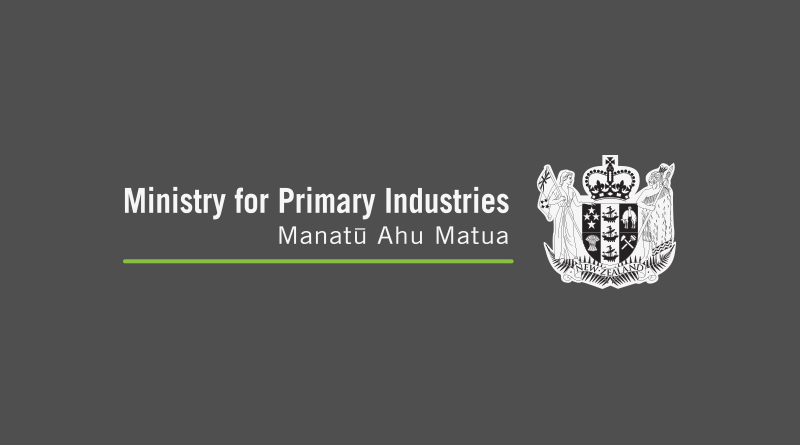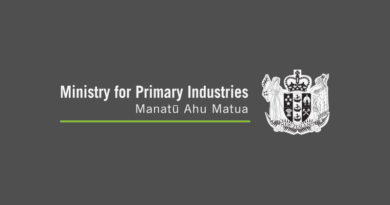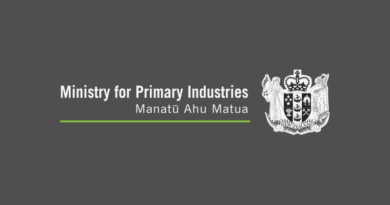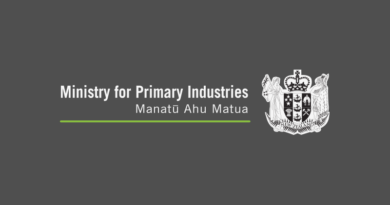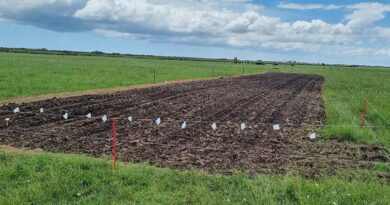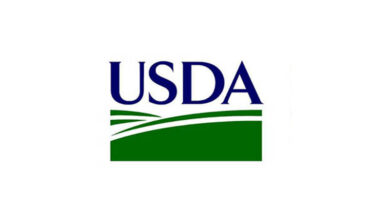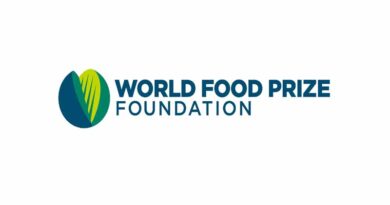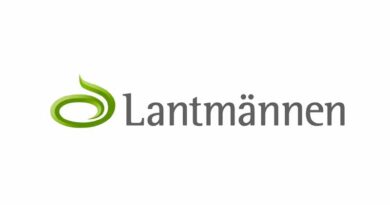Boosting rural connectivity aims to deliver sustainable benefits to Kiwi farmers
05 July 2022, New Zealand: New funding will help boost internet connectivity for remote rural communities.
The Ministry for Primary Industries’ (MPI’s) Sustainable Food and Fibre Futures fund is co-investing $149,500 to help WISPA Network Limited (WNL) tackle the commercial roll-out of a collaborative delivery model for a nationwide, rural-focused LoRaWAN (Long Range Wide Area Network).
“Patchy network connection remains a significant barrier to many farmers looking to adopt agricultural technology solutions,” says Steve Penno, MPI’s director of investment programmes.
“Improving connectivity in remote rural areas of New Zealand would help lift productivity and equip farmers and growers with tools to improve sustainability.
“The ultimate aim is to develop a sustainable commercial business model that offers a low-cost solution for our rural farmers.”
Tim Cutfield, WNL’s general manager, says the main Telcos have focused their LoRaWAN activities closer to urban areas where there are larger populations, and WNL’s focus is bringing connectivity to rural areas.
“LoRaWAN technology is significantly cheaper than an equivalent cellular network. Delivering it via an existing network of around 3,000 sites, which currently provide rural internet services, will lower establishment and running costs,” says Mr Cutfield.
“We’re ensuring the network is an open to all Internet of Things (IoT) solution providers for a reasonable price.
“Farmers’ connectivity needs differ from case to case – they don’t need 5G coverage on the back block of the farm just to monitor an inaccessible water tank, for instance.”
IoT describes physical objects with sensors, processing ability, software, and other technologies that connect and exchange data with other devices and systems over the internet or other communications networks.
LoRaWAN is used extensively internationally so there are numerous low-cost sensors available off the shelf which can be adapted for the needs of New Zealand farmers.
WNL has already deployed a pilot-scale version of a rural wireless IoT network, which is now in the testing phase.
“This partnership with government is enabling us to achieve our goals much faster than we would have on our own,” says Mr Cutfield. “We’re helping rural farmers access invaluable data that will help them save time and improve their decision-making on-farm.
“We’re already working with a range of partners, including helping Predator Free 2050 monitor 7,500 traps in remote regions, putting sensors on grain silos so dairy farmers know when their grain supplies are low, and digitally monitoring water systems.
“Farmers are able to use sensors to ensure they meet environmental targets such as reducing their use of water or nitrogen inputs.”
Steve Penno says having a more efficient rural network will be of huge benefit to farmers as they develop their Integrated Farm Plans, Farm Environment Plans and Fresh Water Management Plans.
“This project will contribute to realising the goals of the Government and sector’s Fit for a Better World roadmap. It aims to lift productivity and add value within our food and fibre sector, while protecting our natural environment,” says Mr Penno.
“Enabling farmers and growers to capitalise on the information held in existing digital farm management systems, tools, applications, and emerging technologies will be crucial.
“To achieve this we need to realise data interoperability within our food and fibre sector. However, we can’t achieve this without improving the connectivity of remote places in New Zealand.”
Also Read: When and how to use Nano Urea

